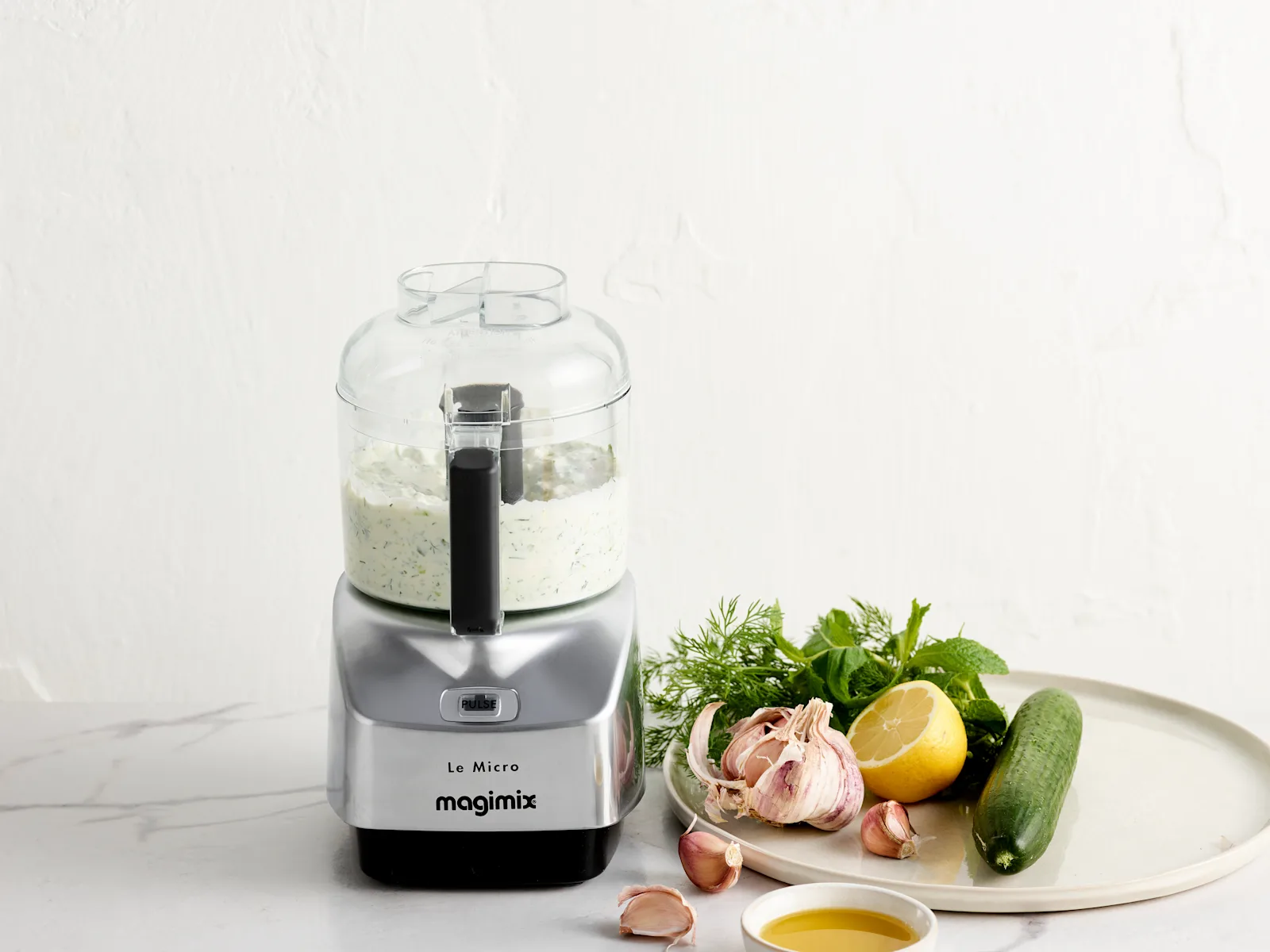10 years of experience as a food machinery equipment manufacturer
10 years of experience as a food machinery equipment manufacturer
Navigating the market for powerful kitchen appliances can feel overwhelming, especially when seeking tools designed for demanding tasks like processing tough cuts of meat or creating smooth purees. Choosing the right 40-type meat puree chopper and mixer requires careful consideration of several key factors beyond just power.

The designation “40-type” commonly refers to the appliance’s power classification. While interpretations can vary slightly depending on region and manufacturer, it generally indicates a powerful motor. Specifically:
Selecting a genuine 40-type appliance ensures it possesses the baseline muscle needed for heavy-duty blending and chopping tasks.
Beyond the fundamental power rating, several other aspects significantly influence the appliance’s performance, durability, and suitability for your needs.
The blades are the workhorses. Look for:
While primarily for meat and purees, these appliances often serve multiple roles. Consider:
A genuine 40-type chopper and mixer represents a significant kitchen investment. Understand your primary needs:
Always weigh the appliance’s performance and durability against its price point. The cheapest option frequently proves costly in terms of performance frustration and potential premature replacement.
Selecting the best 40-type meat puree chopper and mixer is about matching robust power with thoughtful features and build quality. Focus on a powerful motor, durable stainless steel blades, a stable base, a practical jar, and user-friendly safety features. Carefully assess your specific usage patterns and research models thoroughly. By prioritizing these key elements, you can confidently invest in an appliance that delivers reliable power and precise results for all your demanding blending and chopping tasks.
